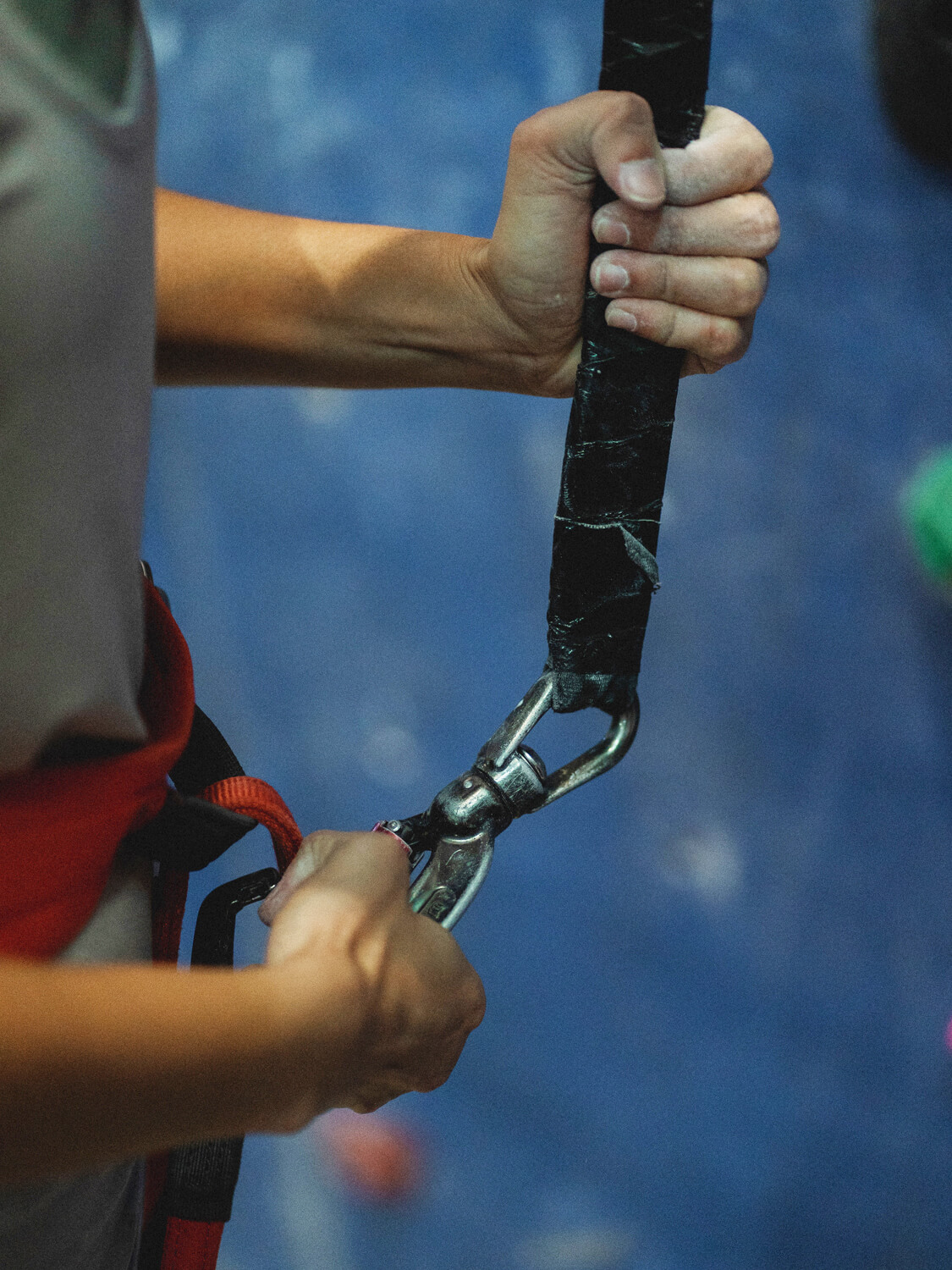Fastening the Key Lock Part of the Full Harness for Fall Arrest Equipment
*Some images are for illustration purposes only.

Overview
A full harness consists of multiple belts for the shoulders, thighs, chest, etc., which reduces the risk of the body slipping out of the safety belt and excessive pressure on the chest and abdomen. A full harness safety belt is used.
In the unlikely event that the connecting belt connected to the main body of the key lock attached to the back will come off from the waist belt and hold the body in a suspended state, in that case, a large impact load many times the body weight will be repeatedly applied through the belt. Therefore, it is a place where screws may loosen.
*In response to the revision of the Industrial Safety and Health Act in Japan, the safety belt standard changed from February 1, 2019, and full harness type safety belt became mandatory.
Implementation





- The key lock itself is an important part that is always held by one or more safety ropes even if human error occurs during movement or work.
- Places where the key lock body needs to be replaced every two years.
Improvement
- Torque can be managed during periodic inspections, enabling users to achieve safe fastening.
- By obligating periodic inspection and replacement of the key lock body, we were able to secure more safety.
